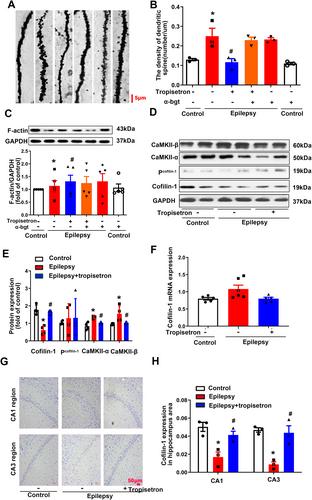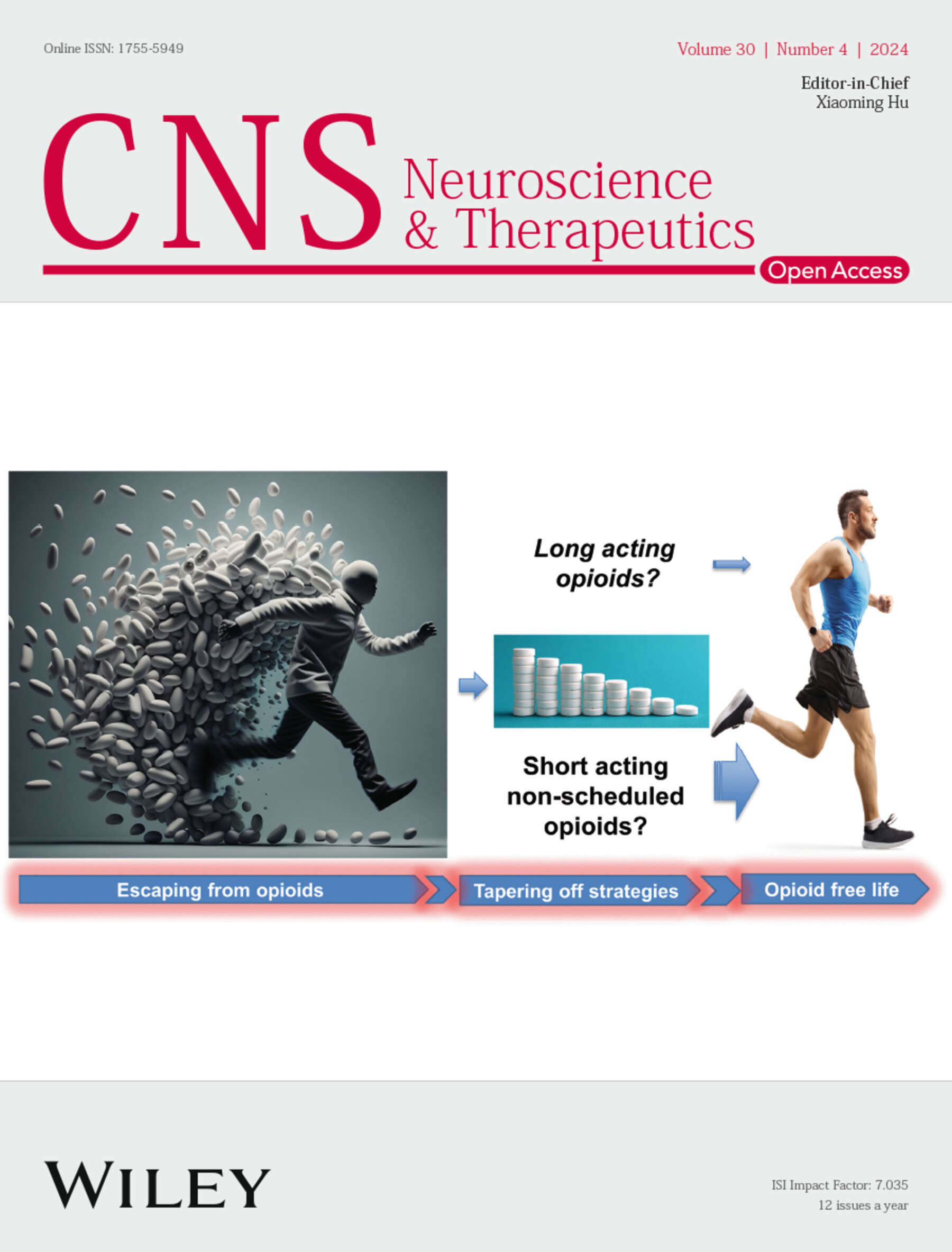Tropisetron, an Antiemetic Drug, Exerts an Anti-Epileptic Effect Through the Activation of α7nAChRs in a Rat Model of Temporal Lobe Epilepsy
Abstract
Background
Temporal lobe epilepsy (TLE), a prevalent chronic neurological disorder, affects millions of individuals and is often resistant to anti-epileptic drugs. Increasing evidence has shown that acetylcholine (ACh) and cholinergic neurotransmission play a role in the pathophysiology of epilepsy. Tropisetron, an antiemetic drug used for chemotherapy in clinic, has displayed potential in the treatment of Alzheimer's disease, depression, and schizophrenia in animal models. However, as a partial agonist of α7 nicotinic acetylcholine receptors (α7nAChRs), whether tropisetron possesses the therapeutic potential for TLE has not yet been determined.
Methods
In this study, tropisetron was intraperitoneally injected into pilocarpine-induced epileptic rats for 3 weeks. Alpha-bungarotoxin (α-bgt), a specific α7nAChR antagonist, was applied to investigate the mechanism of tropisetron. Rats were assessed for spontaneous recurrent seizures (SRS) and cognitive function using video surveillance and Morris's water maze testing. Hippocampal impairment and synaptic structure were evaluated by Nissl staining, immunohistochemistry, and Golgi staining. Additionally, the levels of glutamate, γ-aminobutyric acid (GABA), ACh, α7nAChRs, neuroinflammatory cytokines, glucocorticoids and their receptors, as well as synapse-associated protein (F-actin, cofilin-1) were quantified.
Results
The results showed that tropisetron significantly reduced SRS, improved cognitive function, alleviated hippocampal sclerosis, and concurrently suppressed synaptic remodeling and the m6A modification of cofilin-1 in TLE rats. Furthermore, tropisetron lowered glutamate levels without affecting GABA levels, reduced neuroinflammation, and increased ACh levels and α7nAChR expression in the hippocampi of TLE rats. The effects of tropisetron treatment were counteracted by α-bgt.
Conclusion
In summary, these findings indicate that tropisetron exhibits an anti-epileptic effect and provides neuroprotection in TLE rats through the activation of α7nAChRs. The potential mechanism may involve the reduction of glutamate levels, enhancement of cholinergic transmission, and suppression of synaptic remodeling. Consequently, the present study not only highlights the potential of tropisetron as an anti-epileptic drug but also identifies α7nAChRs as a promising therapeutic target for the treatment of TLE.


 求助内容:
求助内容: 应助结果提醒方式:
应助结果提醒方式:


